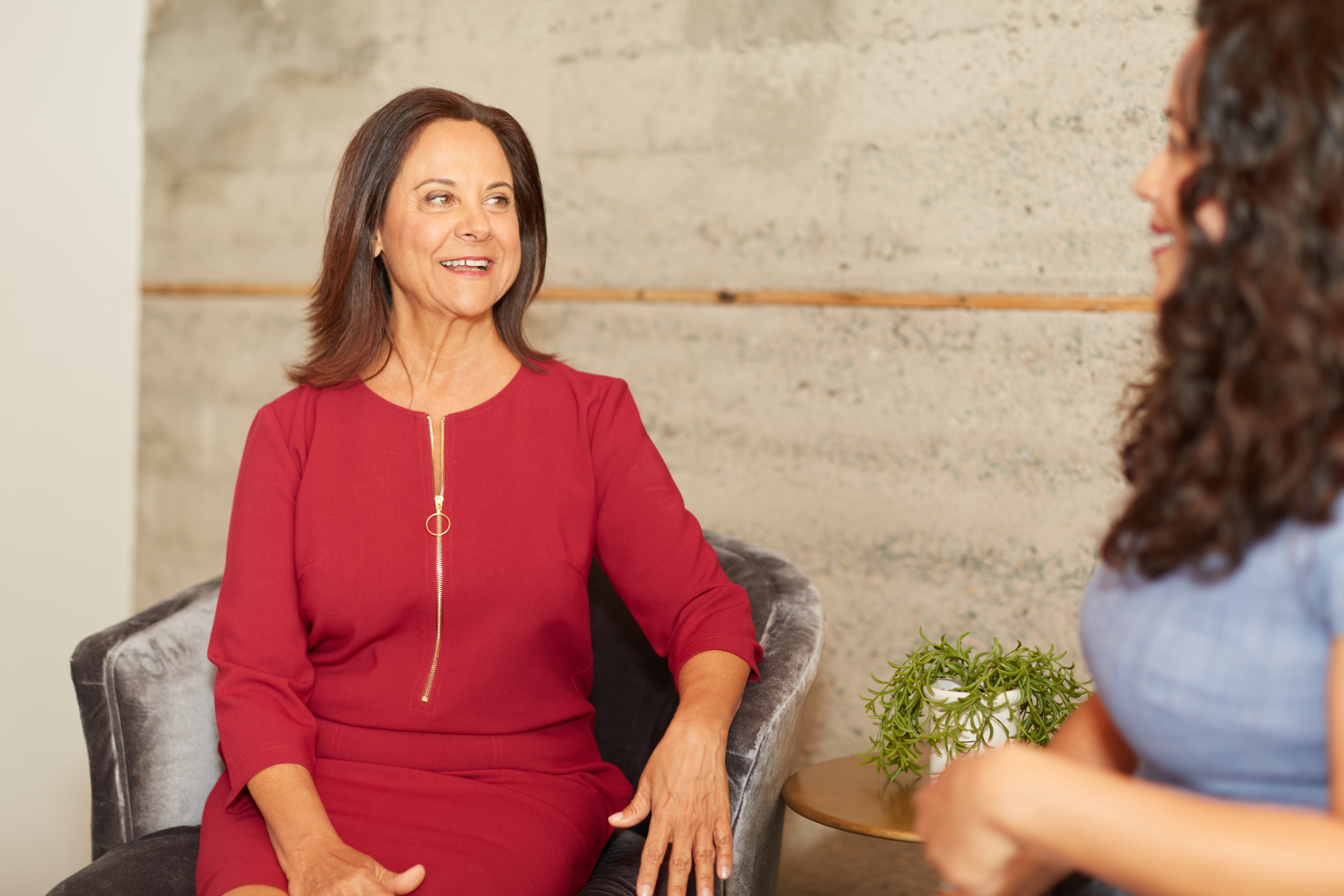By Stacey Childress, Chief Executive Officer
To say young people have been under a lot of pressure over the last few years feels like a gross understatement. And for those of us who raise and give philanthropic dollars in education, it’s hard to know what to do with resources at a time when everything feels extremely urgent.
But I want to make the case that now, amidst the tumult we’re living through, is the time to double down on big, visionary, long-term bets on building the public education system young people deserve. Why now? Because kids still get up every day and go to school. They must develop the knowledge, skills, and identity they’ll need to build a future for themselves no matter what’s happening in the world. And because I believe our public schools still can and should be a place where young people can find stability amidst the instability; a place that makes them feel like they belong and can build a strong academic foundation; where they are respected and valued; where they feel safe; and where they can imagine a positive future. Young people have big aspirations for themselves and their communities, and they deserve learning experiences that prepare them to realize those dreams.
When I became the CEO of NewSchools Venture Fund in 2014, I took over an organization with a long history of backing the growth of charter schools. Though many proponents disagreed at the time, I had a hunch that this growth was on the verge of slowing. So, I had to sit down with my board and my team and together, widen our field of vision on the system. Charters were just one play on a big open field.
This shift got us talking to a much wider group of stakeholders who further pushed our thinking about what public education could be. Where we landed was an expansion of the notion of a “big bet,” which until then, meant a multi-million-dollar investment in a single established organization. We believed donors should also consider making a big bet on an ambitious goal, supporting many ideas and people working toward it. To us, this meant:
- Reimagining learning with a broader set of outcomes in mind so that every student could finish high school ready to build a great life as they enter young adulthood
- Recognizing that reaching that goal takes multiple, different approaches to ensure all students can get there and dramatically diversifying the pipeline of leaders and organizations to invest in
- Betting on leaders closest to the problems we are collectively trying to solve and giving them the time and resources to achieve their goals
- Backing solutions that address immediate needs and investing in patient research and development (R&D) efforts aimed at fundamental breakthroughs in student learning
We have raised $550 million in support of this vision since 2015. Our funding created opportunities for a more racially and ethnically diverse generation of innovators to reimagine learning all over the country. During my tenure, we’ve invested in more than 500 organizations – about half of those are led by Black and Latino leaders. When I started this job, our grantee portfolio, board, and team were overwhelmingly white, even though more than 90% of students attending our portfolio of schools were Black or Latino. I came to understand that with such a narrow lens, we were missing out on great ideas and great leaders. In 2014, 18% of our grantees were people of color. Last year, that number rose to 70%. We have made progress by diversifying our team and our board, and we went into communities that had not heard of us to try to build trust. Combined, these efforts have led to an explosion of great ideas and renewed energy for expanding opportunity for students.
And as I prepare to leave NewSchools at the end of this year, I’ve been thinking about the lessons of the last several years that might be useful to other funders in this moment. Here are a handful:
- COVID-19 lifted the veil on the inequities in our society in a way that was no longer easy to ignore. But our schools have been inequitable for a long time. We all know this – and we should never lose sight of it, even (and especially) amidst a backlash.
- If you want to know what young people and their families need, ask them. Or work alongside partners who are deep in communities who can give you real answers to that question.
- Don’t build a strategy that your partners have to struggle and change to fit into. Bet on new leaders and their visions and get out of their way.
- It’s perhaps a cliché to say that there are no silver bullets in education. But it bears repeating. Which is why philanthropy should be open to supporting a wide range of ideas and people who can make positive changes in our schools. Our role as funders isn’t to dictate approaches, it’s to enable great ideas to flourish.
One of the most heartening developments in public education in the last several years has been the field’s growing awareness of the ways inequities are deeply embedded in our schools. There is real energy around uprooting this design and building a system that ensures all young people feel that they belong and can succeed in school. Getting there is not a year-long project, but a lifetime commitment to innovation and continuous improvement. And there will be setbacks. But if there ever was a time for funders to lay down a big long-term bet on America’s young people, it’s now.
